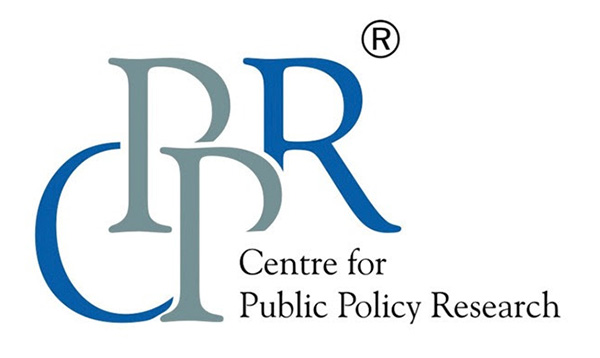Articles
D Dhanuraj of CPPR Comments in TNIE on Kerala Budget 2025 boost for Public Transport Sector
February 12, 2025D Dhanuraj of CPPR Comments in TNIE on the plans for Marine Eco City in Kochi by KSHB
February 12, 2025Kerala Budget 2025 signals shift towards Private Investment
The budget expectation was therefore straightforward, such that unproductive expenditure was rationalised and new avenues to generate revenue explored.

A weak fiscal position has been a long-standing issue in Kerala. As mentioned in the budget speech, there is a realisation that the state cannot go into more distress. The finance minister has tried to set a new direction by announcing relevant economic opportunities the state could avail itself of in the current context. It is a welcome move as the state has advocated a knowledge economy in recent years, and it shows a consistency in approach.
Slowly, the state is trying to give the impression that it is not averse to private capital. The announcement of IT parks’ development, investment in Global Capacity Centres, land bank, and rental rationalisation for investors are positive signals. However, the budget has no significant policy reform agenda intended to be announced in the coming months. The budget fundamentals still revolve around salary, pension, and welfare schemes.
Revenue expenditures are up 7.79% and capital outlay is up 7.71% from 2024-25. However, capital expenditure is still less than 10%, while revenue expenditures constitute the rest.
This indicates the state’s focus is on high expenditure commitments and is unable to find ways to increase the share of long-term productive plans that will yield higher revenue and sustainability. This reiterates the questions raised in Niti Ayog’s Fiscal Health Index report for 2022-23.
The index ranks Kerala 15th among 18 states and the quality of expenditure is ranked very poor. The budget expectation was therefore straightforward, such that unproductive expenditure was rationalised and new avenues to generate revenue explored.
On the revenue side, FM increased land tax by 50% and proposed a higher tax on electric vehicles, which is a fair move. But on the expenditure side, no big efforts were seen.
The budget has focused on the welfare of government employees and service pensioners more than the ‘aam admi’, a contrarian outlook not expected from Left parties. The GST revenue resulting from their anticipated increase in consumption could be limited, as the trends from the past year show.
The middle class in Kerala has a larger segment around the median of the per capita income band, which consists of the self-employed and welfare pensioners.
They depend on the upwardly mobile class of their educated children who scout jobs elsewhere for better salaries and avenues. What the budget offers them in its realistic terms other than the stated promises in the budget speech will determine the state’s fiscal management in the long run.
Divestment of loss-making PSUs would have been a prudent approach given Kerala’s fiscal condition. However, continued support was provided to sustain them, further straining public finances. Including state welfare boards and statutory corporations, the figure of state-backed institutions now stands at 150.
Although many PSUs stare at heavy losses, the government has spent crores of rupees yearly to sustain them, which could have been directed to productive investments that benefit the taxpayers, according to the CAG report on PSUs, as of March 31, 2022. The total investment by Governments of Kerala in 131 state PSUs was Rs 20,439.04 crore. Seventy-five working state PSUs had aggregate accumulated losses of Rs 19,169.12 crore, as per their latest finalised accounts.
This article was originally published in The New Indian Express
D Dhanuraj is the Founder-Chairman, and Nissy Solomon is an Hon. Trustee at the Centre for Public Policy Research, Kochi, Kerala, India.
Views expressed by the authors are personal and need not reflect or represent the views of the Centre for Public Policy Research.


